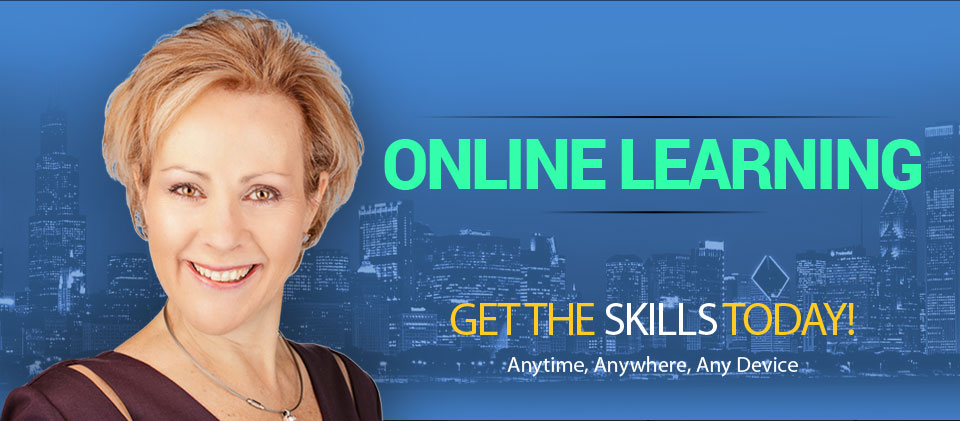Once upon a time, people in charge of sales would hunt for customers, cold call, set up meetings, go to tradeshows and display and present their products and services in a variety of ways. The sales people had the power because they had the information. Margins could be good. The product or service would then be delivered and the transaction was complete. Those in charge of Customer Service handled the problems either face-to-face or via a feedback form, a complaint letter or a phone call in case anything happened and they would hopefully be ready to solve the problem. Customer issues weren’t that much of a problem as long as they could find a resolution and well, only a few people knew about it, so it all worked okay. All was great and the work flows, departments and systems were in place.
Then one day, the internet came along. In the beginning, people were just figuring out how to use it. Then something happened: Customers didn’t need to go to sales people for information on their products or spend time shopping. They found it online and – better yet – they could see pricing, comparisons and “reviews” instantly from other customers, real “customer reviews” not even found on the organization’s website. The power seemed to change overnight. It went to the customer.
Because of this, the game changed forever. It was now all about Reputation Management – AKA “Customer Service”. Very quickly, organizations began to realize that everyone was involved in Customer Service – not just sales, front line staff, or customer service departments, but all of them and everyone in between.
Organizations realized the cost of these service breakdowns (which can happen anywhere in the process of making, selling, or delivering your product or service) became staggering and discovered that even a leader with less than exemplary skills could affect things. Here’s what can happen:
- Up to 90% of potential customers check online reviews before making the purchase.
- Instead of customers telling 10 friends, they now tell 500 or post a review where thousands or more could be reading it.
- It can mess with sales forecasts or unbudgeted marketing costs to get customers back
- Added costs to handle refunds, receivables, collections, and sometimes even legal costs
- Bad reviews weaken sales staff efforts and demoralize those who work internally. Think of the effect on company culture. Divisions and blame can begin.
- It can lower stock price.
- It can lower ability to sell the business or attract investors.
The problem was, were would they start? Training was too expensive or complicated to schedule everyone in the organization, and the available customer service training didn’t fit into the new game. It was great for front line staff, customer service departments or call centers, but not universal enough for the entire organization where it was now needed most – especially for those working in an integrated, inter-dependent environment. It was no longer just about creating an experience or “wowing” the customer. Plus, the early online programs were “flat” and the push button system of read, watch, click and do a quiz was not working for real behavior change and the technology was just not good enough to facilitate the needed change.
Finally, after years of designing and delivering award-winning universal customer service skills globally, which have worked across all divisions in a live training environment, the technology became good enough to invite online learners into the audience and work along with the exercises for their own situations anywhere, anytime, on any device. This effectively removes any scheduling headaches and makes it affordable and a great investment. Learners loved it because it was like watching a TV Special with the bonus of the learner being a participant in the audience.
Learners can now go back and review or refresh the skill any time they come across a problem that they hadn’t encountered before. Unlike live instructor training; where the “trainer” leaves at the end of the day, learners can now go back to check or revisit a topic.
Managers or leaders love this, as they can hold meetings based on a particular skill and review with teams and brainstorm even more options to correct service breakdowns in their departments. In fact, managers were so happy because they could find out who had completed the course given that completion certificates are provided; for large corporate clients, reports can be given to see how far a learner got.
And now, learners or organizations at the click of a mouse can invest in bringing these universal skills right into their own living room, at any time of the day or night. Learners can even bring their own coffee. 
Are You Ready to Solve & Serve?








